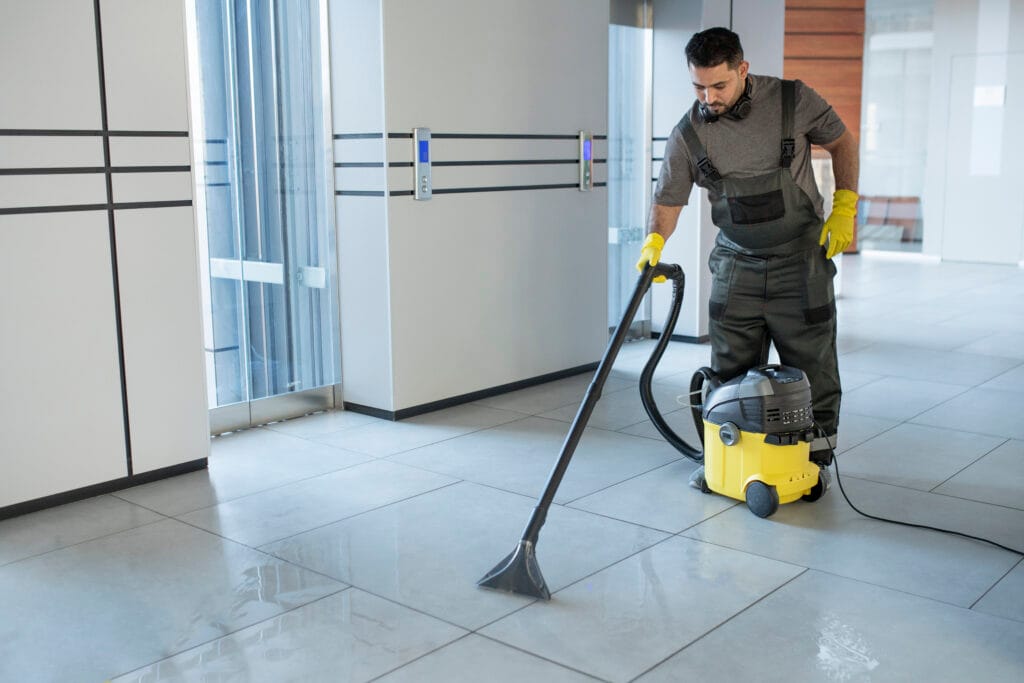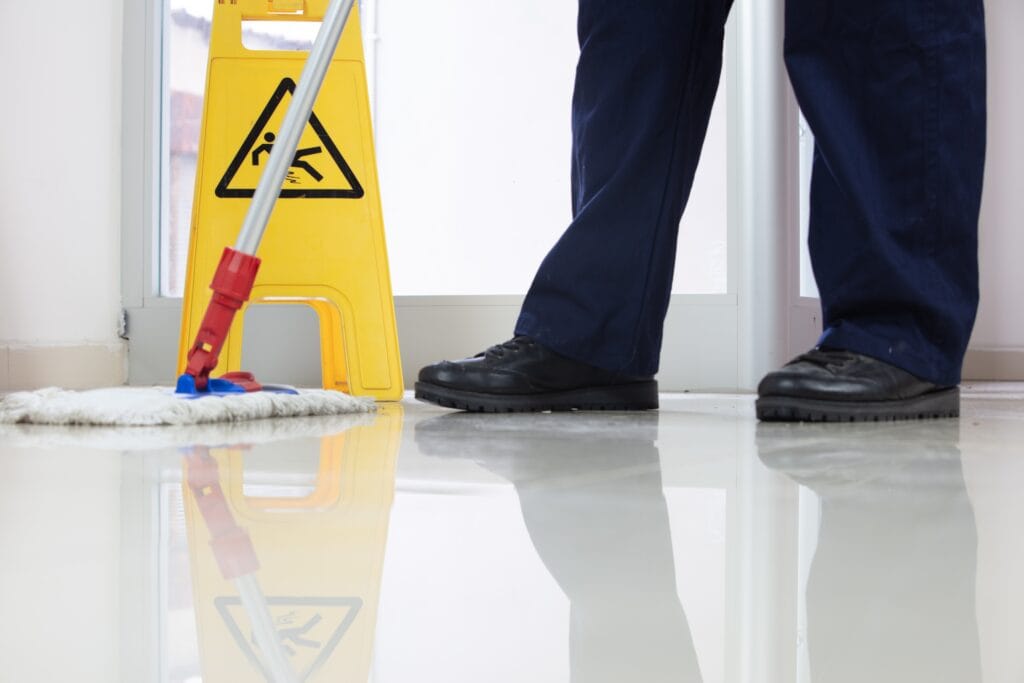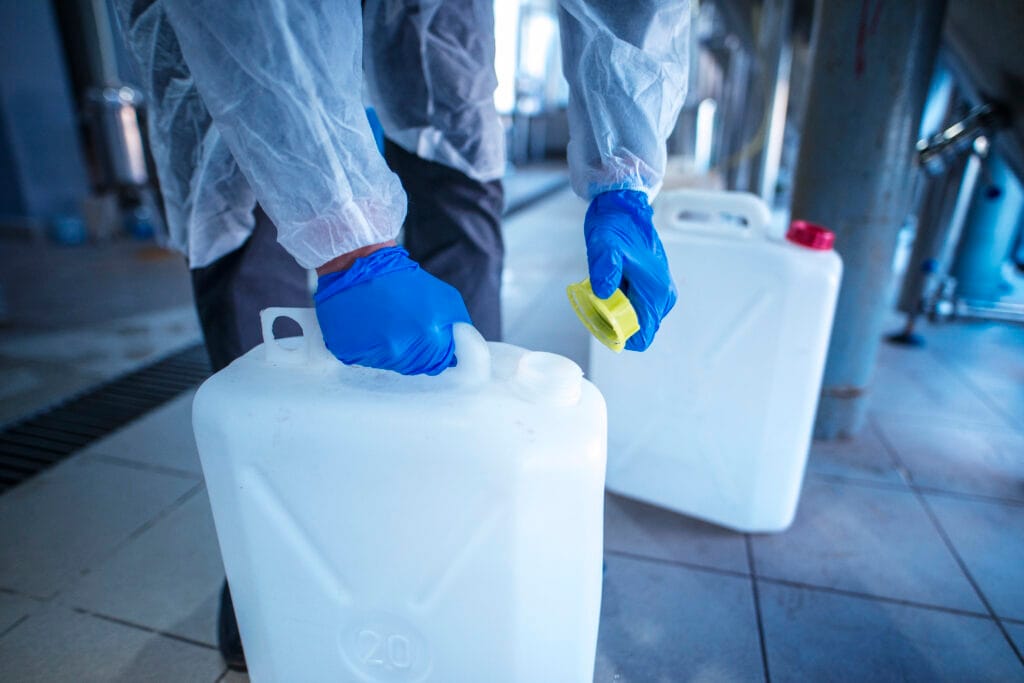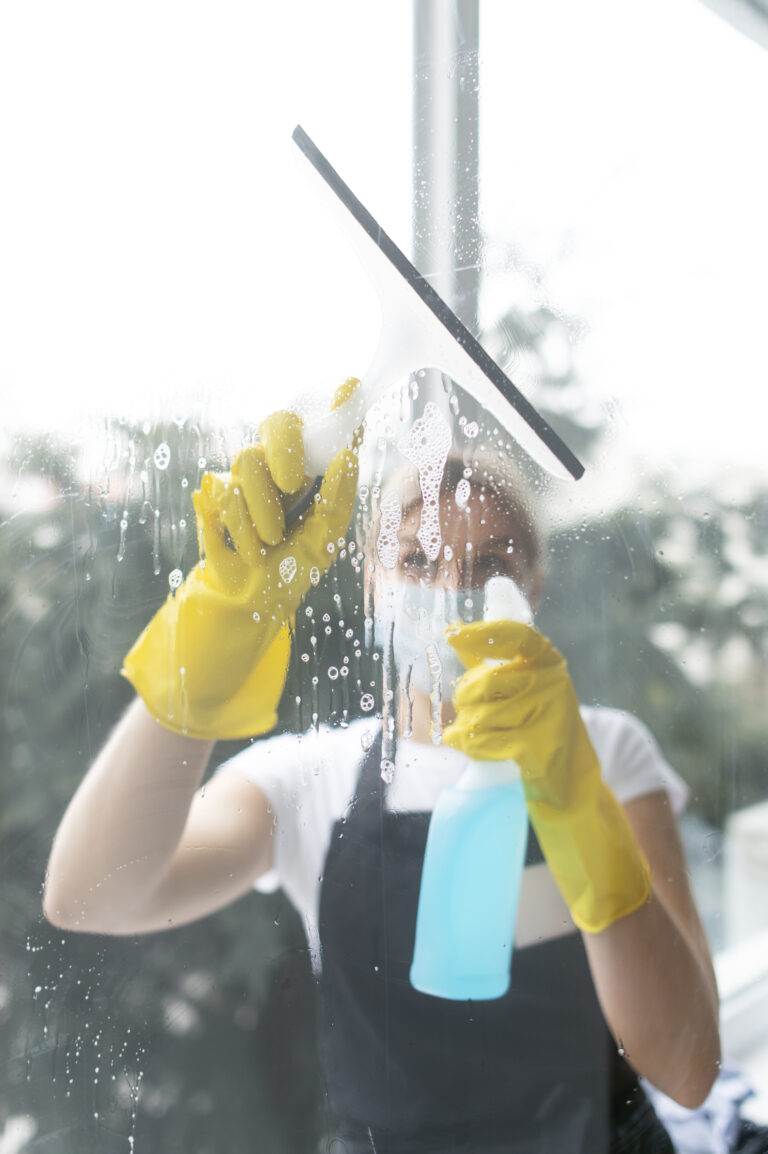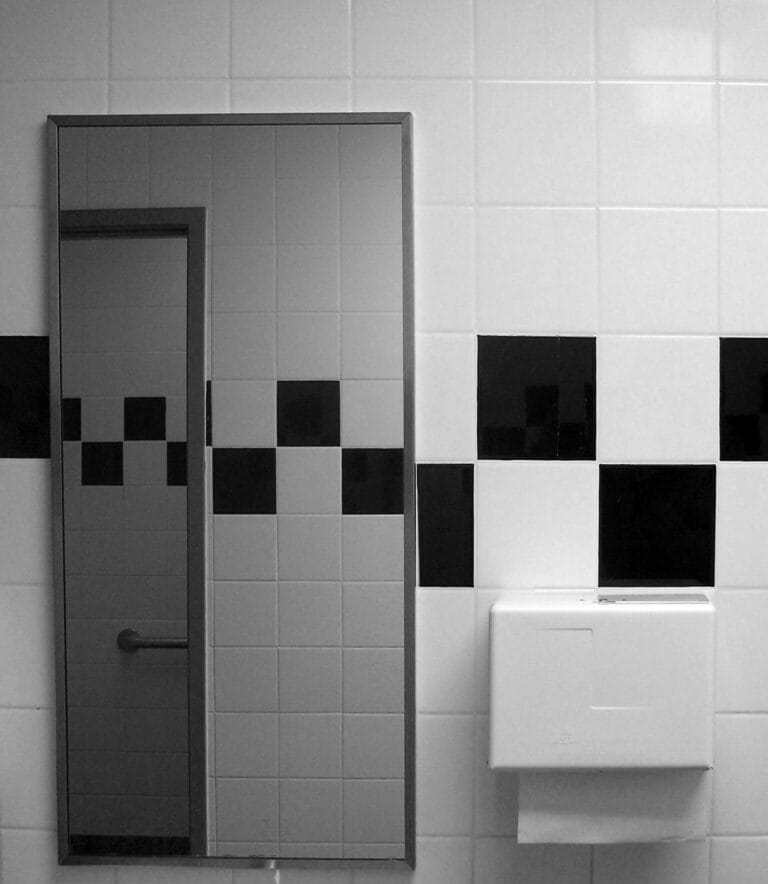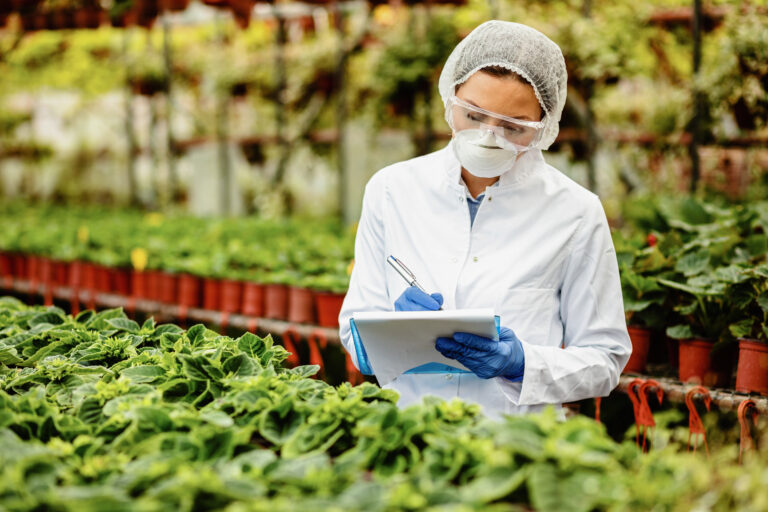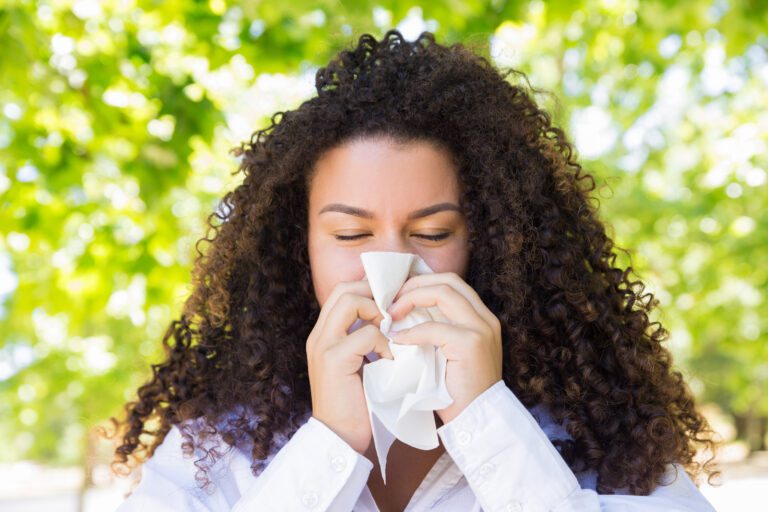The cleanliness of a school environment plays a pivotal role in the overall health and well-being of students and staff. Best practices in janitorial services are essential not only for maintaining aesthetic appeal but also for ensuring a safe and hygienic atmosphere conducive to learning. A clean school can significantly reduce the spread of illnesses, thereby minimizing absenteeism among students and staff.
When schools implement effective janitorial practices, they foster an environment where students can focus on their education without the distraction of dirt, clutter, or unpleasant odors. Moreover, the importance of janitorial best practices extends beyond mere cleanliness. It reflects the values and priorities of the educational institution.
A well-maintained school sends a message to students about the importance of respect for their surroundings and personal responsibility. It also enhances the school’s reputation within the community, attracting prospective students and families who prioritize a safe and clean learning environment. Therefore, investing in robust janitorial practices is not just a matter of hygiene; it is an investment in the school’s culture and future.

Key Takeaways
- School janitorial best practices are important for maintaining a clean and healthy environment for students and staff.
- Proper cleaning and sanitizing procedures are essential for preventing the spread of germs and illnesses in schools.
- Effective waste management is crucial for maintaining cleanliness and preventing pest infestations in schools.
- Regular floor care and maintenance help to ensure a safe and clean environment for students and staff.
- Proper restroom cleaning and maintenance are essential for preventing the spread of germs and maintaining a hygienic environment in schools.
Cleaning and Sanitizing Procedures
Establishing Regular Cleaning Schedules
Regular cleaning schedules should be established to ensure that these areas are attended to frequently, particularly during cold and flu seasons when the risk of contagion is heightened.

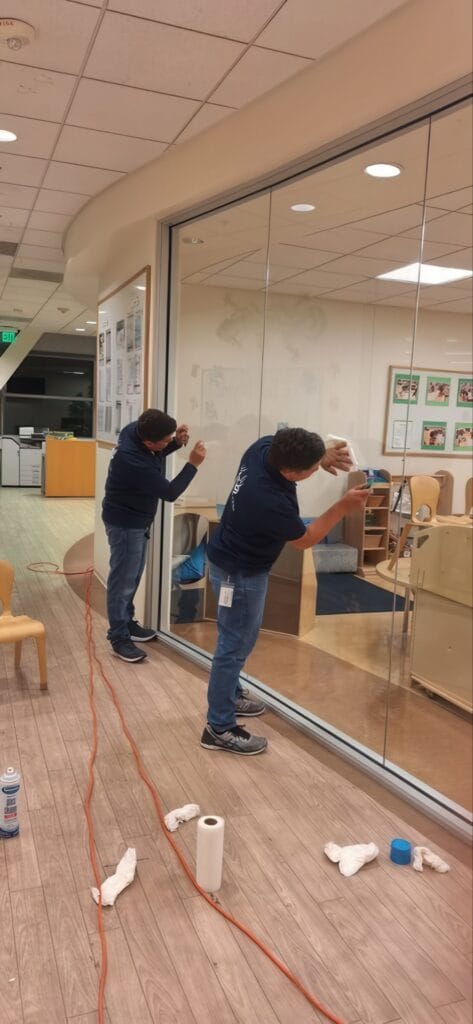
Utilizing Appropriate Cleaning Agents
Utilizing appropriate cleaning agents that are both effective and safe for use in educational settings is crucial. In addition to routine cleaning, schools must also implement sanitizing protocols that go beyond surface cleaning. Sanitization involves using chemical agents to reduce the number of pathogens on surfaces to safe levels as determined by public health standards.
Training Janitorial Staff
This is particularly important in areas such as cafeterias and restrooms, where the potential for germ transmission is higher. Training janitorial staff on the correct application of these procedures ensures that they understand the importance of dwell time—the period that a cleaning agent must remain on a surface to effectively kill germs—thus maximizing the effectiveness of their efforts.
Proper Waste Management
Proper waste management is a critical component of maintaining a clean and healthy school environment. Schools generate various types of waste, including general trash, recyclables, and hazardous materials such as batteries or chemicals from science labs. Implementing a comprehensive waste management plan helps ensure that all waste is disposed of correctly and responsibly.
This not only keeps the school clean but also promotes environmental stewardship among students and staff. To facilitate effective waste management, schools should provide clearly labeled bins for different types of waste throughout the campus. Educating students about recycling practices and the importance of reducing waste can foster a culture of sustainability within the school community.
Regular audits of waste disposal practices can help identify areas for improvement, ensuring that the school remains compliant with local regulations while also minimizing its environmental footprint. By prioritizing proper waste management, schools can create a cleaner environment while instilling valuable lessons about responsibility and care for the planet.
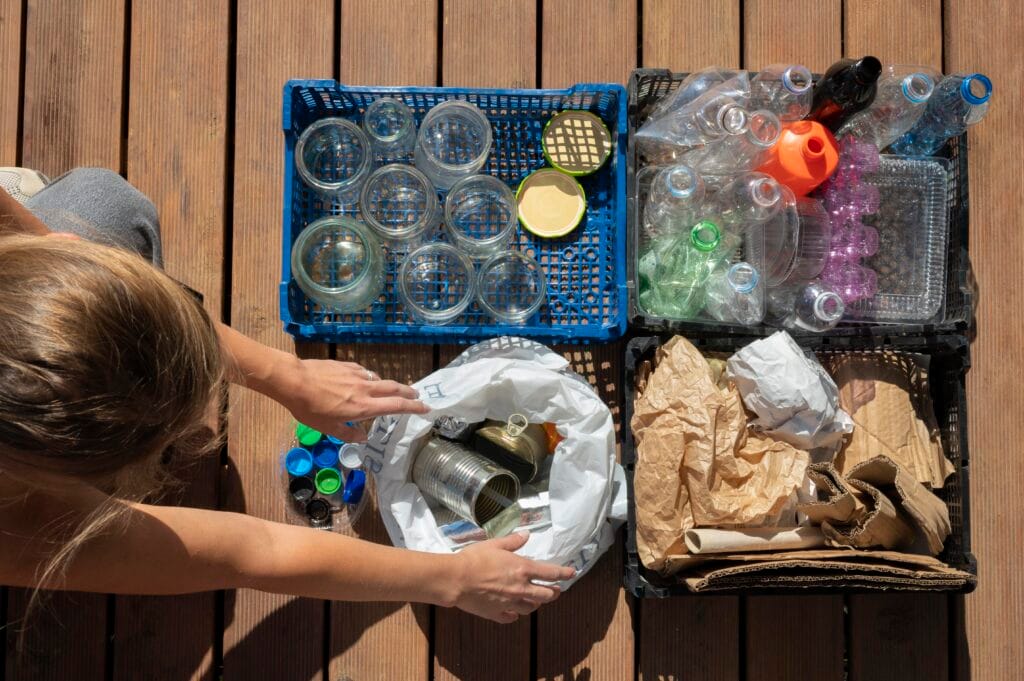
Floor Care and Maintenance
Floor care and maintenance are essential aspects of school janitorial services that often go overlooked. The type of flooring in a school—whether it be tile, carpet, or hardwood—requires specific care techniques to maintain its appearance and longevity. Regular sweeping, mopping, and vacuuming are fundamental practices that help remove dirt and debris, preventing it from becoming embedded in flooring materials.
In addition to routine cleaning, periodic deep cleaning is necessary to preserve the integrity of floors. For instance, carpets may require extraction cleaning to remove deep-seated dirt and allergens, while hard surfaces may benefit from stripping and waxing to restore their shine and protect against wear. Implementing a floor maintenance schedule that includes these deep cleaning tasks ensures that floors remain safe and visually appealing throughout the school year.
By investing in proper floor care, schools can enhance their overall cleanliness while providing a safe environment for students to navigate.
Restroom Cleaning and Maintenance
Restrooms are among the most critical areas in any school when it comes to cleanliness and hygiene. They are high-traffic zones that require frequent attention to prevent unpleasant odors and maintain sanitary conditions. A well-maintained restroom not only promotes health but also reflects positively on the school’s commitment to student welfare.
Regular cleaning schedules should be established to ensure that restrooms are cleaned multiple times throughout the day, particularly during peak usage times. In addition to routine cleaning, restrooms should be stocked with necessary supplies such as soap, paper towels, and toilet paper to ensure that students have access to essential hygiene products. The use of touchless fixtures can further enhance cleanliness by reducing contact points where germs can spread.
Training janitorial staff on best practices for restroom maintenance—including proper disinfection techniques—ensures that these facilities remain clean and inviting for all users. By prioritizing restroom cleanliness, schools can significantly contribute to the overall health and comfort of their students.
Equipment and Supplies
The effectiveness of janitorial services in schools heavily relies on the quality of equipment and supplies used by custodial staff. Investing in high-quality cleaning tools—such as microfiber cloths, commercial-grade vacuums, and efficient floor scrubbers—can enhance cleaning efficiency while reducing labor time. Additionally, using eco-friendly cleaning products not only promotes a healthier environment but also aligns with growing concerns about sustainability among students and parents.
Regular maintenance of cleaning equipment is equally important to ensure optimal performance. Custodial staff should be trained on how to properly care for their tools, including routine checks for wear and tear, as well as proper storage techniques to prolong their lifespan. Keeping an inventory of supplies allows for timely replenishment, preventing shortages that could hinder cleaning efforts.
By prioritizing quality equipment and supplies, schools can enhance their janitorial services while promoting a culture of cleanliness.
Safety and Security Protocols
Safety and security protocols are paramount in any school setting, including janitorial operations. Custodial staff must be trained on safety procedures related to chemical handling, equipment operation, and emergency response protocols. This training ensures that they can perform their duties without posing risks to themselves or others within the school environment.
Furthermore, implementing security measures such as access control for custodial areas can help protect both staff and students from potential hazards associated with cleaning supplies or equipment. Regular safety audits can identify potential risks within the school environment, allowing for proactive measures to be taken before incidents occur. By prioritizing safety and security protocols within janitorial services, schools can create a safer environment for everyone involved.
Communication and Collaboration with School Staff
Effective communication and collaboration between janitorial staff and school personnel are essential for maintaining a clean and functional learning environment. Establishing clear lines of communication allows custodial teams to understand specific needs or concerns from teachers and administrators regarding cleanliness or maintenance issues. Regular meetings or check-ins can facilitate this dialogue, ensuring that everyone is on the same page regarding expectations.
Collaboration extends beyond communication; it involves working together to create a culture of cleanliness within the school community. Engaging teachers in discussions about best practices for maintaining classroom cleanliness can empower them to take an active role in supporting janitorial efforts. Additionally, involving students in initiatives such as clean-up days or recycling programs fosters a sense of ownership over their environment.
By promoting collaboration between janitorial staff and school personnel, schools can cultivate a shared commitment to maintaining a clean and healthy learning space for all.
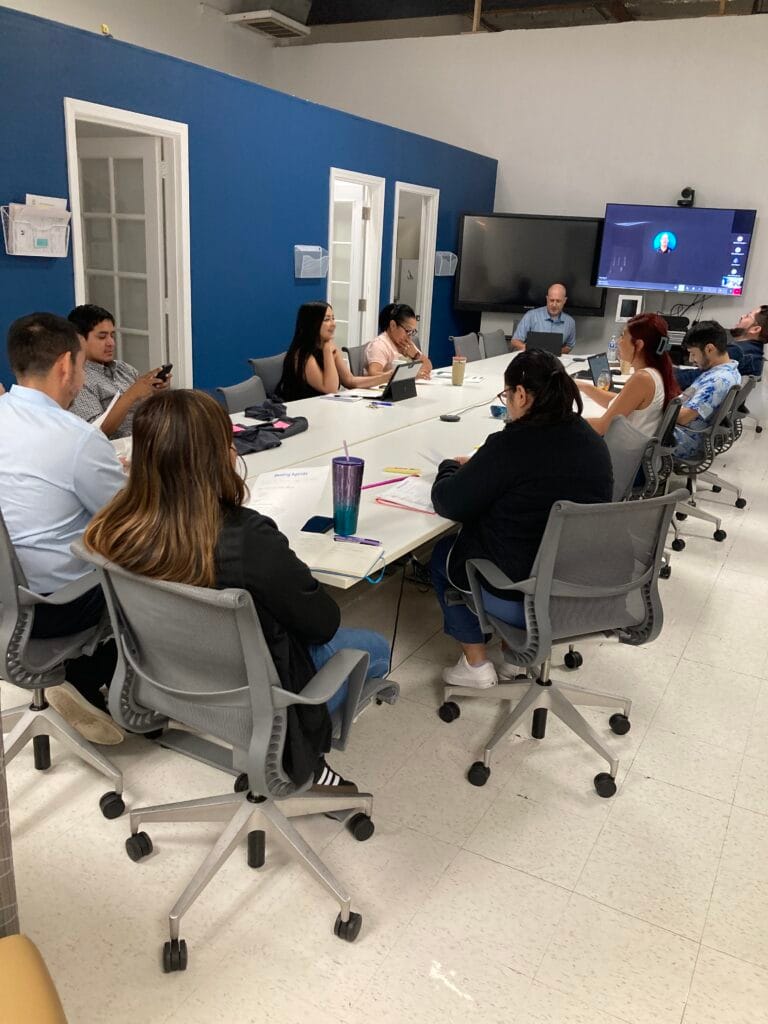
FAQs
What are the best practices for school janitorial services in Sacramento district buildings?
The best practices for school janitorial services in Sacramento district buildings include regular cleaning and disinfecting of high-touch surfaces, using environmentally friendly cleaning products, and following proper waste management protocols.
How often should school janitorial services be performed in Sacramento district buildings?
School janitorial services should be performed on a daily basis in Sacramento district buildings, with additional deep cleaning and disinfecting scheduled on a regular basis.
What are the key areas that should be focused on during school janitorial services in Sacramento district buildings?
Key areas that should be focused on during school janitorial services in Sacramento district buildings include classrooms, restrooms, hallways, cafeterias, and common areas. These areas should be thoroughly cleaned and disinfected to maintain a healthy and safe environment for students and staff.
What cleaning products should be used for school janitorial services in Sacramento district buildings?
Environmentally friendly cleaning products should be used for school janitorial services in Sacramento district buildings. These products should be effective in removing dirt and germs while being safe for students, staff, and the environment.
How can waste management be effectively handled during school janitorial services in Sacramento district buildings?
Waste management during school janitorial services in Sacramento district buildings can be effectively handled by implementing proper waste segregation, recycling programs, and ensuring that waste is disposed of in accordance with local regulations.
